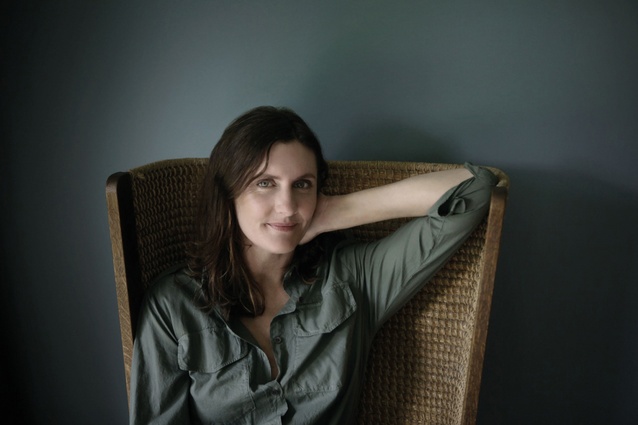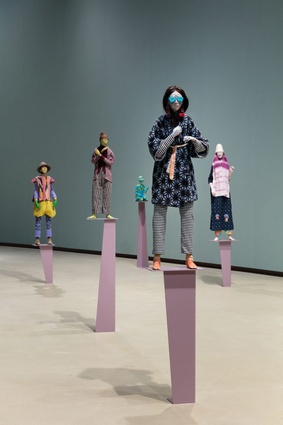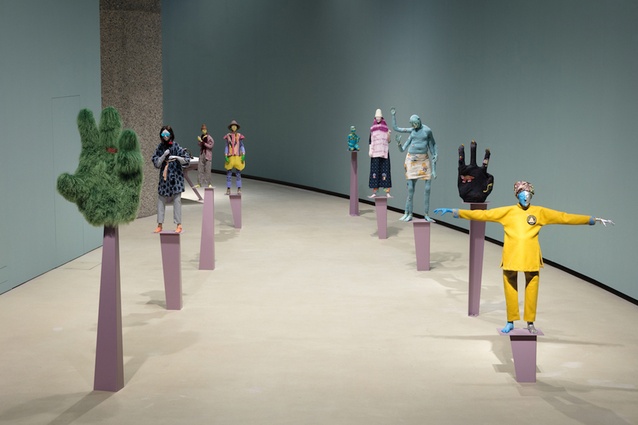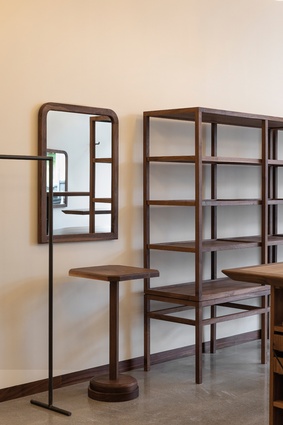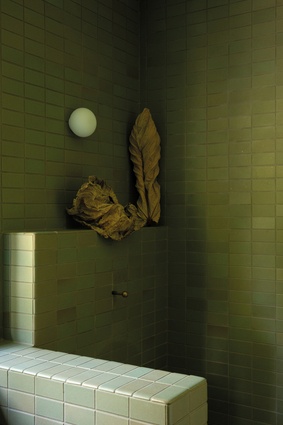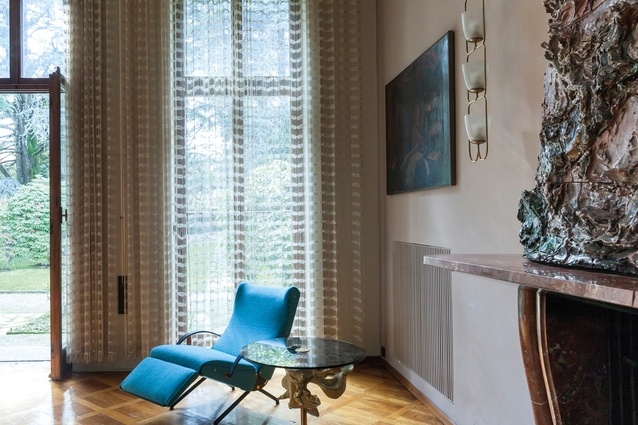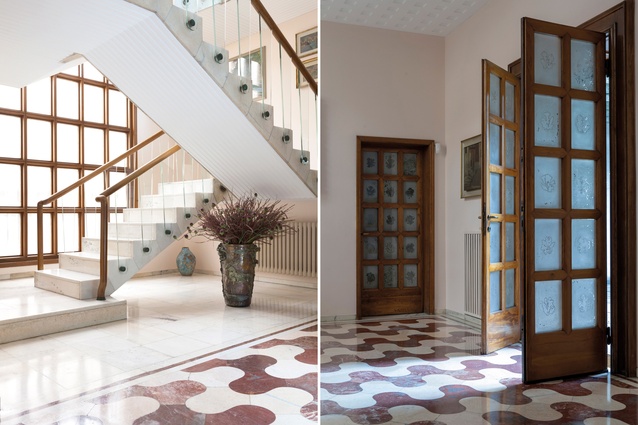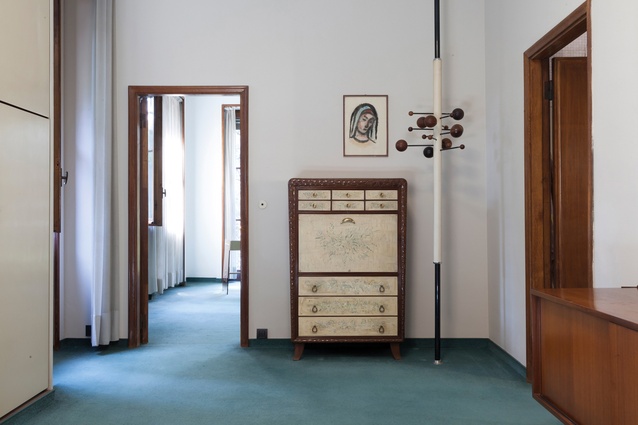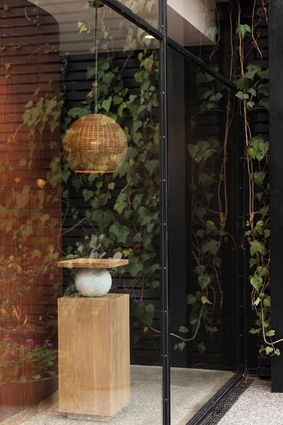Designer interview: Katie Lockhart
Interior designer Katie Lockhart has built a worldwide career that spans retail, installation, residential, editorial styling and beyond. We caught up with the Auckland-based creative.
Interior: You ended your involvement with homewares store Everyday Needs a couple of years ago. Why the change and what has been your focus since?
Katie Lockhart (KL): Everyday Needs was always a side project for me that grew of its own momentum and was managed by a great team. It had reached a point where I felt it deserved to have someone at the helm who had the time to focus on it properly. I have enjoyed having more time to focus on my interiors practice and family since I sold it.
Interior: Your work has been very popular with creative clients. Why is this?
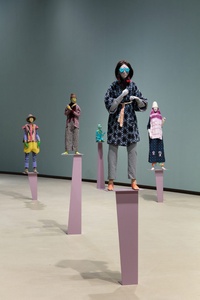
KL: I think it comes down to a meeting of minds.
Interior: A lot of your work seems to prefer the ‘handmade’ over the mass-produced, the analogue over the highly technical and – for the lack of a better word – the organic over the synthetic.
KL: I actually love all of the above (i.e. handmade and mass-produced, analogue and highly technical) and I do love combinations of both and their tactile juxtapositions… It’s about choosing the right elements for our clients, their spaces and how they intend to use them.
Interior: It is now possible to choose from a handful of glass-blowers in New Zealand. There are a few people properly crafting wool for interior spaces. Many within the building industry are happy to slow down and try alternative building techniques to meet design goals. Has New Zealand’s craft industry changed much in the time you have been working here?
KL: There have always been craft communities in New Zealand and there have always been people who value craft in New Zealand. I think that there is more awareness now around the consumption choices that you make and who/what you are supporting through your choices. This brings locally crafted goods more into focus.
Interior: New Zealand interiors (possibly most of our creative output) have often looked at the landscape and our natural context as rich sources of materials, tones and narratives. However, your work seems to me to be much more outward looking. How do you see nationality playing a part in your work – does it register and does it matter?
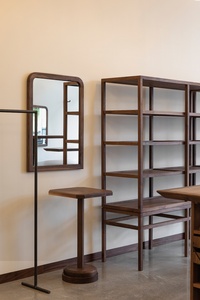
KL: It really depends on what you are seduced by. A sense of intention and longevity seduces me. It can be the interior of a marae in Mahia, built in the 1950s, or the tiled bathrooms of Villa Borsani, Milan, built in the early 1940s, but both were built with the same intent: to house their families well.
Interior: Travel and art seem to be recurring themes/interests/sources of inspiration for you. Any particular places and artists that inspire you at the moment?
KL: I keep thinking how lucky Le Corbusier was to have Charlotte Perriand as his designer! I would love to explore India more. I worked there a few years ago with Bijoy Jain (Studio Mumbai) and had such an incredible experience; there is a huge tradition of craft in India that I would love to understand better.
Interior: Tell me about your own, personal favourite tools. What are they and why?
KL: I would have to say that colour is my favourite tool; I love to play with it. We have files of colours we like; I like to play with them in combinations and leave them out to look at and consider how they work at different times of the day and in combinations with other materials.
Interior: What is your process for designing furniture? Are you a pencil-and-paper designer? Do you craft to the smallest millimetre or rely on collaboration with craftspeople?
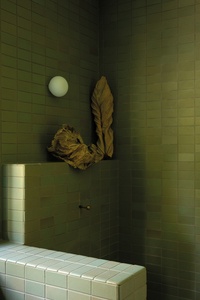
KL: It really depends on what it is but we work very collaboratively with our makers. We spend a lot of time drawing the furniture but the measurements and details often change when we start developing the design in production with our makers. There is a sense of proportion to the pieces we create for our jobs that I am very particular about, and that I think has come about in my mind from years of observing furniture.
Interior: If you had to select one material that you feel would best represent you, what would it be?
KL: I think it might be a tile; I really do love handmade tiles.
Interior: Access to material in New Zealand has often been a stumbling block for many designers. Do you feel that is the case?
KL: It’s little things like great hinges, locks, door hardware and ceiling roses that I find impossible to find here.
Interior: If you could redesign the interior of a significant New Zealand building, what building would it be and what would you do to it?
KL: A few years ago, my husband and I considered buying Whare Tane in Mount Eden, designed by architect John Anderson for Trevor Lloyd. The owner at the time didn’t live in the house but had it full of shelving units stacked with every vacuum cleaner he had ever owned, etc. The bathroom and ground floor both had dirt floors. It was quite shocking to see such a beautiful space so neglected and, sometimes, I like to imagine how we would have restored/renovated this house without overpowering the elements that make the interior so charming.
This article first appeared in Interior magazine.


